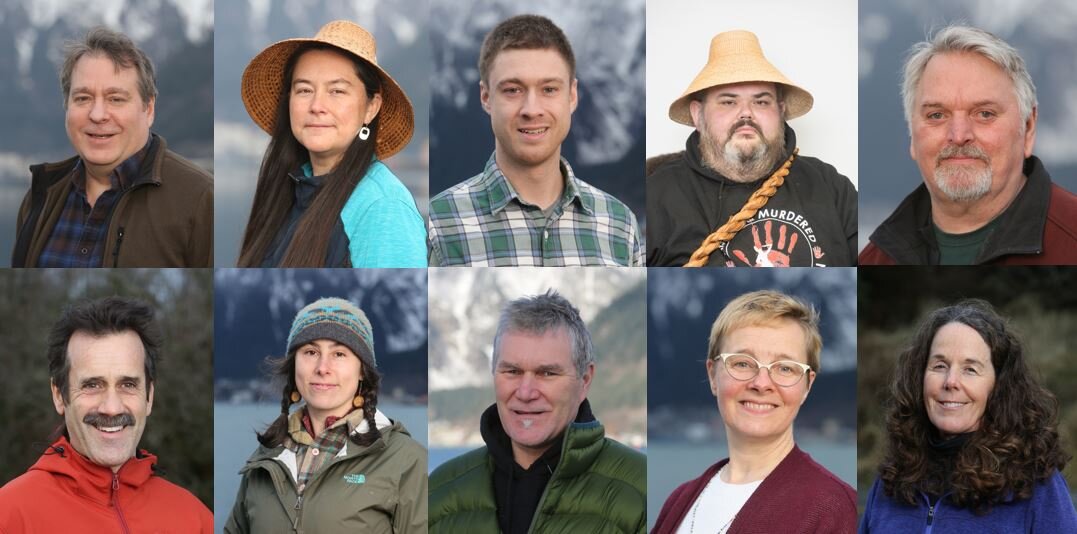We have solutions. We are the solution. Learn about the ten featured solutions and solutionists here.
For at least 10,000 years the people of Juneau have cared for this land and environment. This is evident from millennia of Tlingit stewardship to the community values expressed through the Juneau Renewable Energy Strategy and Juneau Climate Action and Implementation Plan. Now, as global climate change warms our ocean, threatens our native plants and animals, changes our weather patterns, and threatens our environment and ways of living, Juneau people recognize that we are both part of this global problem and we are part of the global solution.
The Juneau Renewable Energy Strategy asserts Juneau will be powered by 80% renewable energy by 2045. Juneau’s Climate Change Solutionists show us that we can achieve this goal and suggests practical ways that each person in Juneau can contribute to reducing our community’s greenhouse gas emissions.
The solutions featured here come from Project Drawdown, an international effort that quantifies the eighty most effective solutions for reversing global warming. These eighty solutions exist today; they are not fantasy or still under development. Here you’ll find ten of these solutions that “drawdown” global greenhouse gas emissions and ten Juneauites who embody these solutions.
How we power our lives now impacts our ability to sustain a habitable planet in the future. As of 2010, only 20% of Juneau’s energy came from renewable sources. Although our hydro-powered electricity originates from a renewable source, 4/5ths of our energy derives from the fossil fuels we use to heat buildings, fuel all kinds of vehicles, and power daily activities. Juneau needs to electrify as much as it can, and now.
How we care for the land matters a great deal, as well. We also must preserve the ability of our land to process and store carbon. Juneau sits in the middle of a temperate rain forest, surrounded by coastal wetlands and muskeg—known elsewhere as peatlands. Our natural blessings serve as global carbon sinks. These must be protected so they can continue the natural processes required to keep global heating below 1.5 degrees Celsius.
And finally, our own behaviors bear examination. We are located at the end of a shockingly long supply chain, one that in many cases originates at degraded lands. Until that supply chain is electrified and the degradation of those lands abates, our choice in food and our waste management responsibilities carry a carbon weight greater than our biome can take.
Acknowledgements
This project was funded by a Covid-19 Juneau ArtWorks grants. Thanks to project collaborators, Christine Carpenter and Brian Wallace, all the featured solutionists, Stuart Cohen for the initial idea and encouragement, and the Juneau Commission on Sustainability, Renewable Juneau, and Interfaith Power and Light.

